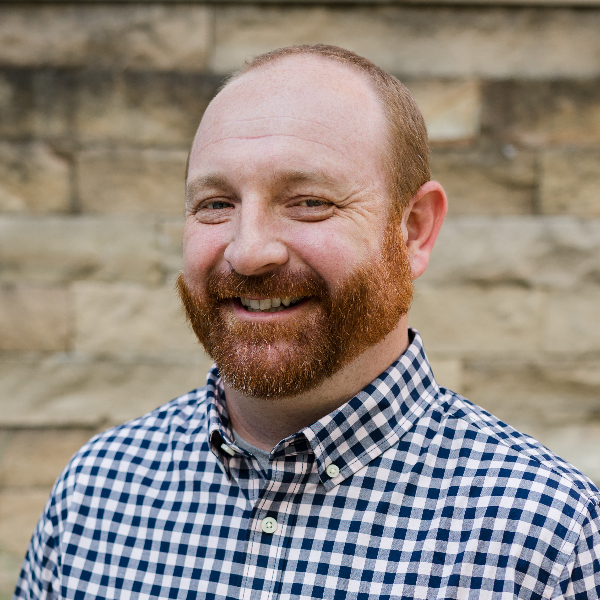In the News: “These are the groups most likely to stop participating in the US census”
The Brookings Institute recently ran an article titled, “These are the groups most likely to stop participating in the US census,” in which they parse out some of the significant consequences of a recent ruling concerning the upcoming 2020 US census.
The issue has been all over the news recently, but for those of us who lean on demographic research to inform the mission of the local church in our cities, this development is of particular importance. Historically, the US census has been the primary fount of demographic information used in market research, religious research, and a whole host of other research-driven projects concerning the American population. If you have ever wondered where people get information about racial percentages, or age-breakdowns, or some other snippet about your city, there is a good chance that data was sourced from the US census.
What’s a census?
For a little background, the US census is tasked with numbering (as accurately as possible) the US population. While periodic updates are done, the primary census is a major research initiative that is done every ten years. This is called the decennial census, and the research creates the benchmark for an entire decade. This information is used to establish political districts, apportion federal funding, and a number of other very important processes concerning our democracy. But the government is not the only organization that uses this information. It serves as the backbone of information for decision-making by all kinds of research institutions, non-profit organizations, for-profit businesses, and (you guessed it) missions agencies and local churches trying to understand their community.
In the last week or so, news has circulated concerning a new question being added to the US Census survey. While news of a new question is not that remarkable, the particular question may have significant consequences concerning the responses to the 2020 census. The Census Bureau will now be asking respondents about their status as a legal U.S. citizen.
A simple question about citizenship may seem innocuous to most of us, but it has the potential to significantly impact the kinds of respondents who will fill out the census survey. In short, there are large populations in the US, already fearful of their immigrant status (whether illegal or not), who will be afraid to fill out this form now. Regardless of your political leanings concerning the quagmire of immigration policy, this means there is an even greater chance the 2020 census will not accurately count the population of the United States. And that is a big issue.
Brookings makes this potential distortion of the research the topic of their article, and they point out some of the severe consequences that may result. According to the article, those impacted the most will be Hispanic, Asian, and Muslim populations. Individuals within these groups, whether holding legal status or not, will be much less likely to respond. Additionally, many legal citizens may not be counted if anyone in their family does not have legal citizenship. Furthermore, groups who already feel uncertain about US sentiment toward them, such as Muslims, will be even less likely than normal to accurately report. These low numbers will then be reflected in the data for the whole. In essence they census will report that we have less Muslims and foreign-born residents than we actually have.
America’s “People Blindness”
In 1974, a missiologist by the name of Ralph Winter blew up the missions world with the concept of “hidden peoples” and “people blindness.” Winter, in a paradigm-shifting talk, pointed out the existence of groups of peoples around the world that were separated from Christian groups by their cultures. We had sent missionaries to most every country in the world at the time, but there were whole people groups that were essentially invisible because missionaries assumed reaching one group of people from a particular culture meant the area had a Christian presence. They overlooked the actual cultural and language differences that existed within countries and whole groups were hidden. This resulted in a “people blindness” and produced a false confidence in the impact of their mission.
While the concept of “hidden peoples” may not apply directly to America today, we have a similar phenomenon because of immigration. Whole communities of people from different cultures now exists in our American cities. Houston where I live has a gigantic population of Pakistanis, numbering somewhere over 70,000 people according to most estimates. And that is one of the groups everyone knows about. Many more groups exist as small, ethnic enclaves, largely out of sight by the majority of people. In essence, “people blindness” is a real tendency for local churches today in American cities. The Great Commission calls us to all nations, but how can we share the gospel with someone if we do not know they are there?
Census results have always been more tenuous concerning foreign-born populations. Many missions researchers assume the census information for immigrant communities is low, and with good reason. People coming from countries with oppressive governments, or people who do not feel welcome by the majority of Americans, have a very different emotional response when someone from the government starts wanting a bunch of personal information. That said, if the US census under reports foreign-born populations even more than normal because of a citizenship question, this will simply contribute to the dilemma for local churches who actually care about taking the gospel to their neighbors. These groups will appear smaller than they are, if they appear at all.
Don’t Rely on Big Data Alone
Taken together, the above information should compel those of us in local church ministry toward one important conclusion: we can’t simply rely on big data to tell us how to do missions in our community. I am not saying we jettison the US census as a source of information. Fact is, demographic data should inform our understanding of the community. I am saying, however, that it cannot be our only source, or even our primary source, of information on our community. Simply put, a church’s greatest data resource is not the US census; a church’s greatest data resource is its people.
This recent news about the census should give us a healthy skepticism of using macro-research to inform our local mission. It should not stop us from consulting it, but it should force us back toward our people as the best source of information. However, our congregations are only a good source of information if they are actually out in the community we serve attempting to answer questions that properly inform the mission. Teaching our congregations how to properly discover the mission field outside the doors of the church is a pressing issue for pastors and church leaders. An easy place to start is having members map their community, a process that is probably easier than you think.





